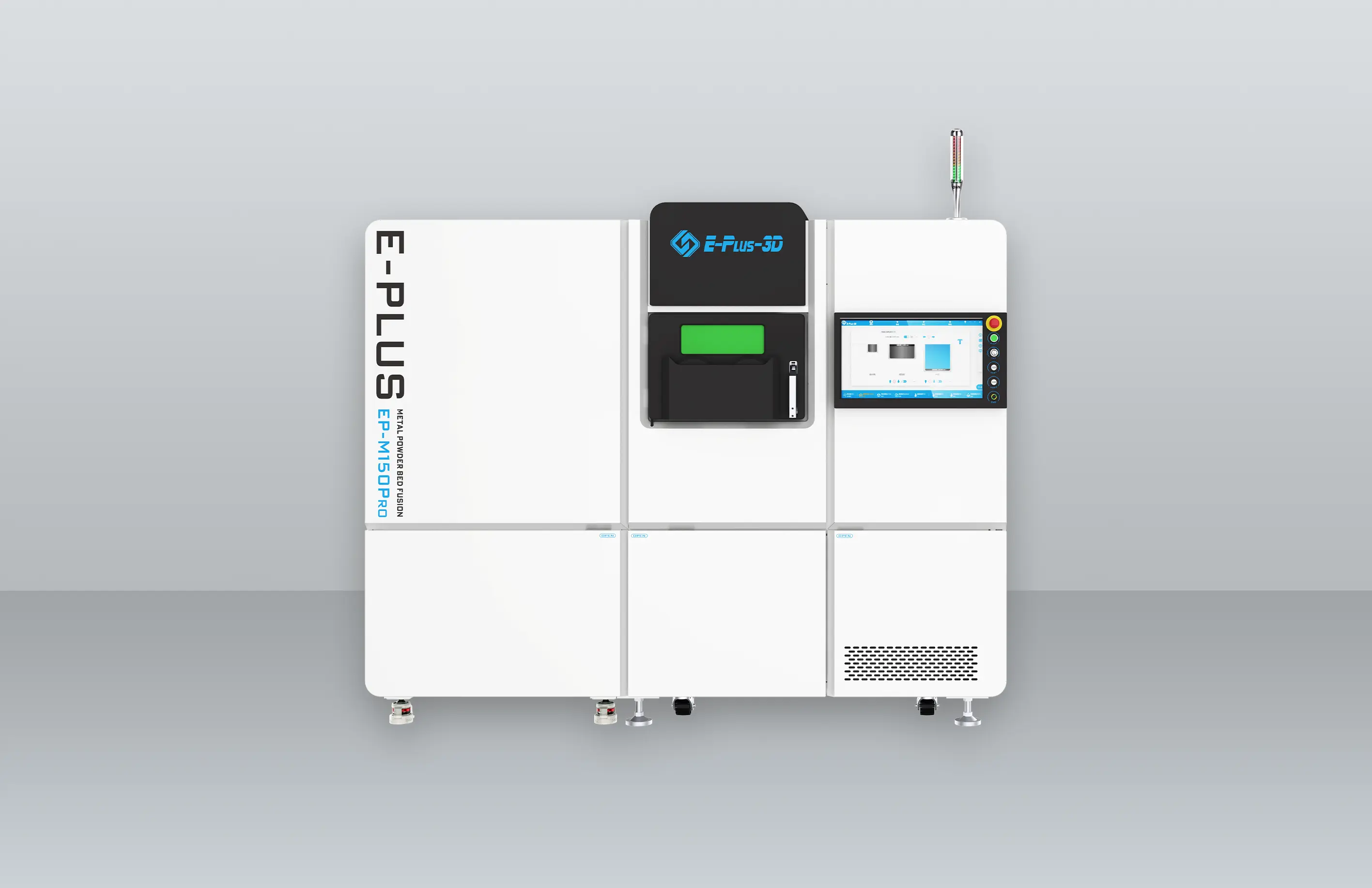Is it possible that we will be able to print thousands of parts using metal 3D printers in the near future? Many manufacturers of metal 3D printers are wondering the same question and looking for such opportunities. Metal 3D printing is indeed a convenient, time-saving, labor-saving and cost-saving new production method, and has always been more suitable for small batch customization and design production. However, additive manufacturing has its unique advantages because in many cases it is not only a more economical option, but also a faster way to produce better, more efficient parts. Using metal 3D printers not only does not rely on the supply chain but also shortens the delivery time, saves a lot of transportation costs, and achieves faster production.
It is widely known by many manufacturers that metal 3D printing is faster than traditional prototyping and can work around the clock without downtime. Human supervision and intervention are not required during the normal printing process, which also saves labor costs and reduces error rates. Additive manufacturing for large-scale production uses fewer raw materials than subtractive manufacturing, saving a lot of material costs. There is no need to purchase large blocks of material for CNC machining.
However, the large-scale production of metal 3D printing also has certain shortcomings and challenges. To scale metal 3D printing, you need a large 3D printer or multiple 3D printers, which is a significant investment. When designing and implementing new digital and manual workflows, you will also need to purchase materials and operating software. To solve these problems, you can also outsource mass production to metal 3D printing service providers.
Jingye Group is a very successful large-scale of metal 3D printing case, you can click https://www.eplus3d.com/eplus-3d-provides-large-metal-am-machines-to-jingye-additive-manufacturing-for- aerospace.html for more information. This also demonstrated that the industrial scale of metal 3D printing is the future trend.























